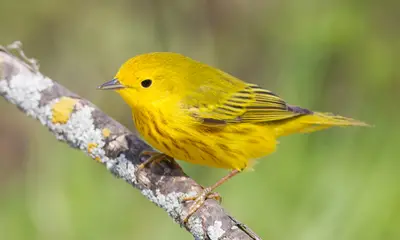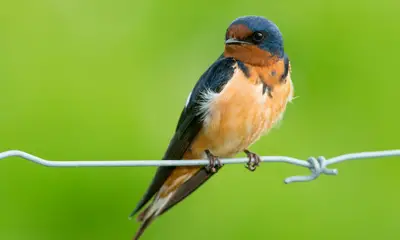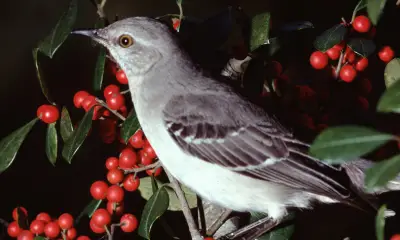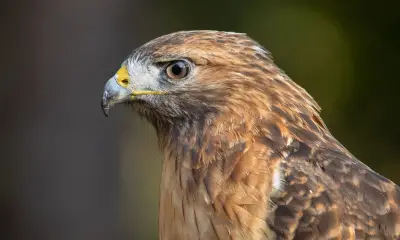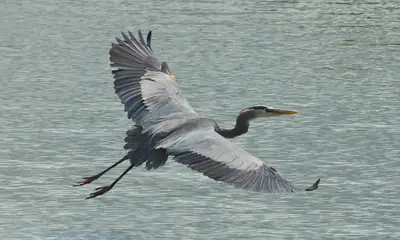4 Types Of KITE BIRDS In Florida (ID Guide With Photos)
Did you recently come across a kite bird in Florida, and want to know what species it was?
Identifying kite species in the Sunshine State is not as easy as it might seem, since there are four types of kites that regularly occur in Florida.
To help you identify the bird you saw, we’ll cover all the kite birds of Florida in this article.
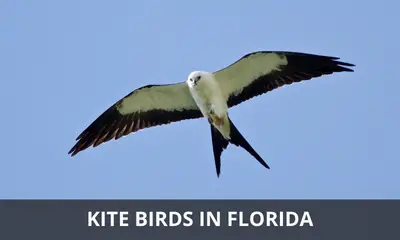
What are the types of kite birds in Florida?
The 4 types of kite birds found in Florida are:
- Swallow-tailed Kite
- White-tailed Kite
- Mississippi Kite
- Snail Kite
While all of these kite species are regular breeding birds in Florida, some are present all year round, while others are migratory birds that only occur in the state during summer.
Now let’s dive into the details, and take a closer look at each of these kite birds:
Swallow-tailed Kite
Scientific name: Elanoides forficatus
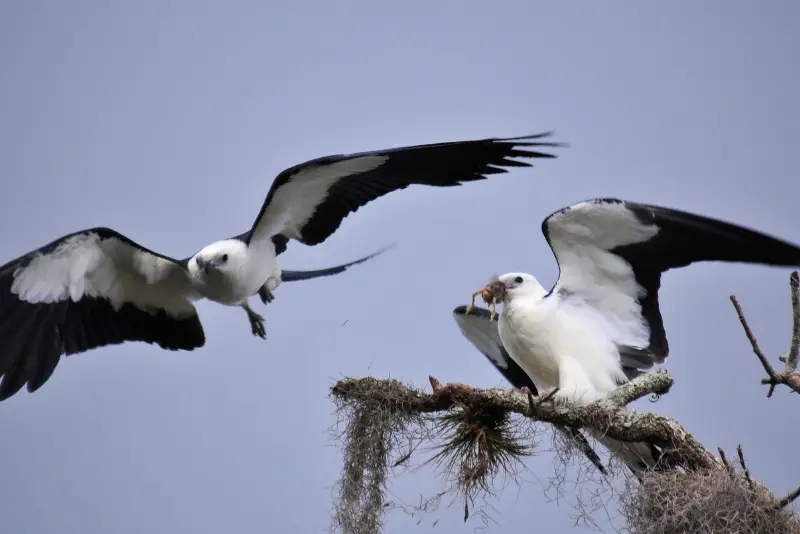
With a wingspan of up to 5 feet, this elegant raptor is the largest kite species in Florida.
It is easy to identify in flight, due to the combination of its bright white underparts with its dark wings and deeply forked tail.
The rear margins of the wings and the tail are black. When perched on a tree, its white head and chest contrast with the dark grayish black upperside.
This Florida raptor is a skilled hunter and capable of catching insects in flight, as well as snatching lizards from branches.
Outside of the breeding season the preferred food of these birds are flying insects, but when a pair is raising its young, small reptiles, amphibians, and rodents are also included in their diet.
Whenever there is a sufficiently strong wind, these birds are capable of flying while hardly beating their wings. They also use the wind to hover in place, which is a behavior known as “kiting.”
Florida currently has the largest population of breeding Swallow-tailed Kites in North America.
Where can you see Swallow-tailed Kites in Florida?
Swallow-tailed Kites can be encountered throughout Florida and they breed anywhere there are suitable habitats.
Their preferred habitats are usually forested swamp areas, although they also forage over farmland.
These birds are summer visitors in Florida, arriving in March, and leaving again in September. They migrate to southern Brazil to spend the winter.
White-tailed Kite
Scientific name: Elanus leucurus

With a wingspan of about 3 feet, the White-tailed Kite is considerably smaller than the Swallow-tailed Kite.
Adults are almost entirely white birds when viewed from below, with a white underside, head, and tail.
Their upper side is light gray, with dark gray patches on the shoulders. The eyes are deep red. Juvenile birds, on the other hand, have a more brownish color with light streaks.
These birds hunt for small rodents, insects and reptiles in open grassland, either from a perch or on the wing.
Similar to kestrels, these birds like to hover in place over a specific spot, while waiting for a rodent to come out of its burrow on the ground below.
White-tailed Kites are scarce breeding birds in central and coastal areas of Florida, where they are year-round residents in areas with grasslands and large meadows.
These birds are easy to spot, since they like to hover in place over grassy fields, while hunting for rodents on the ground below.
Mississippi Kite
Scientific name: Ictinia mississippiensis
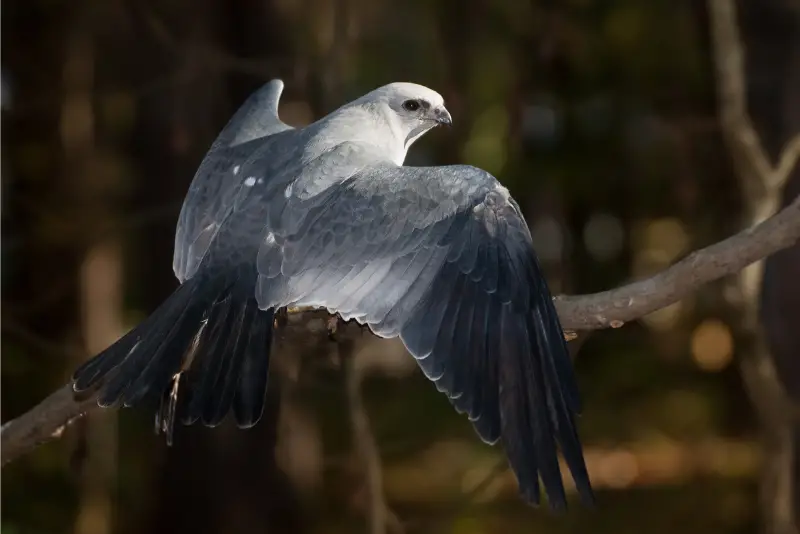
The Mississippi Kite is a sleek raptor with pointed wings resembling those of a falcon. It is a skilled aerial hunter that often hovers and then swoops down to catch flying insects on the wing.
It is a social bird, and several pairs can often be encountered nesting together in small colonies, and can also be seen foraging together.
Its preferred habitat are wet woodlands, as well as urban habitats such as golf courses or playing fields.
These birds have recently expanded their range, and their willingness to adopt urban habitats is part of the reason for this.
Mississippi Kites are long-distance migratory birds, and spend the winter in South America.
They are the rarest kite species found in Florida, and only occur as scarce breeding birds in northwestern Florida, as well as the Florida Panhandle.
If you want to see this bird, keep in mind that they are summer visitors, and are present in the state from April through September.
Snail Kite
Scientific name: Rostrhamus sociabilis

As a tropical species, the Snail Kite only breeds in Florida, but no other US state.
This bird specializes in feeding on one particular kind of snail that is found in freshwater marshes (the Apple Snail).
After it snatches a snail from aquatic vegetation in a shallow marsh, it uses its thin, hooked bill to remove the meat of the snail from its shell.
Interestingly, they are specialized on eating the same species of snails as Limpkins, and these two bird species often coexist in the same wetland habitats in Florida.
Males are a dark shade of grayish black, except for the tail, which is white at the front end, and black at the rear margin.
Females and immature birds are more brownish, and have dark cross bars on their wings and tails.
Snail Kites are most common in the Everglades and surrounding wetlands, where they inhabit almost all suitable wetland habitats. They are present in Florida all year round.
These birds only manage to raise chicks successfully in years with abundant rainfall, while drought years have a catastrophic effect on their breeding success.
Since these birds are very conspicuous when they hunt by flying low around swamps or bodies of water, it’s hard to miss these elegant raptors when you visit the Everglades.
Conclusion
And there we have the kite species found in Florida!
The varied habitats of Florida are home to more than 500 different species of birds, and kites contribute to this rich avifauna.
These elegant raptors spend a lot of time soaring, kiting, and swooping down on prey in mid-air, which makes them a thrill to observe anytime you’re bird watching in Florida.
If you enjoyed this article, check out our guide to the Florida birds of prey.

